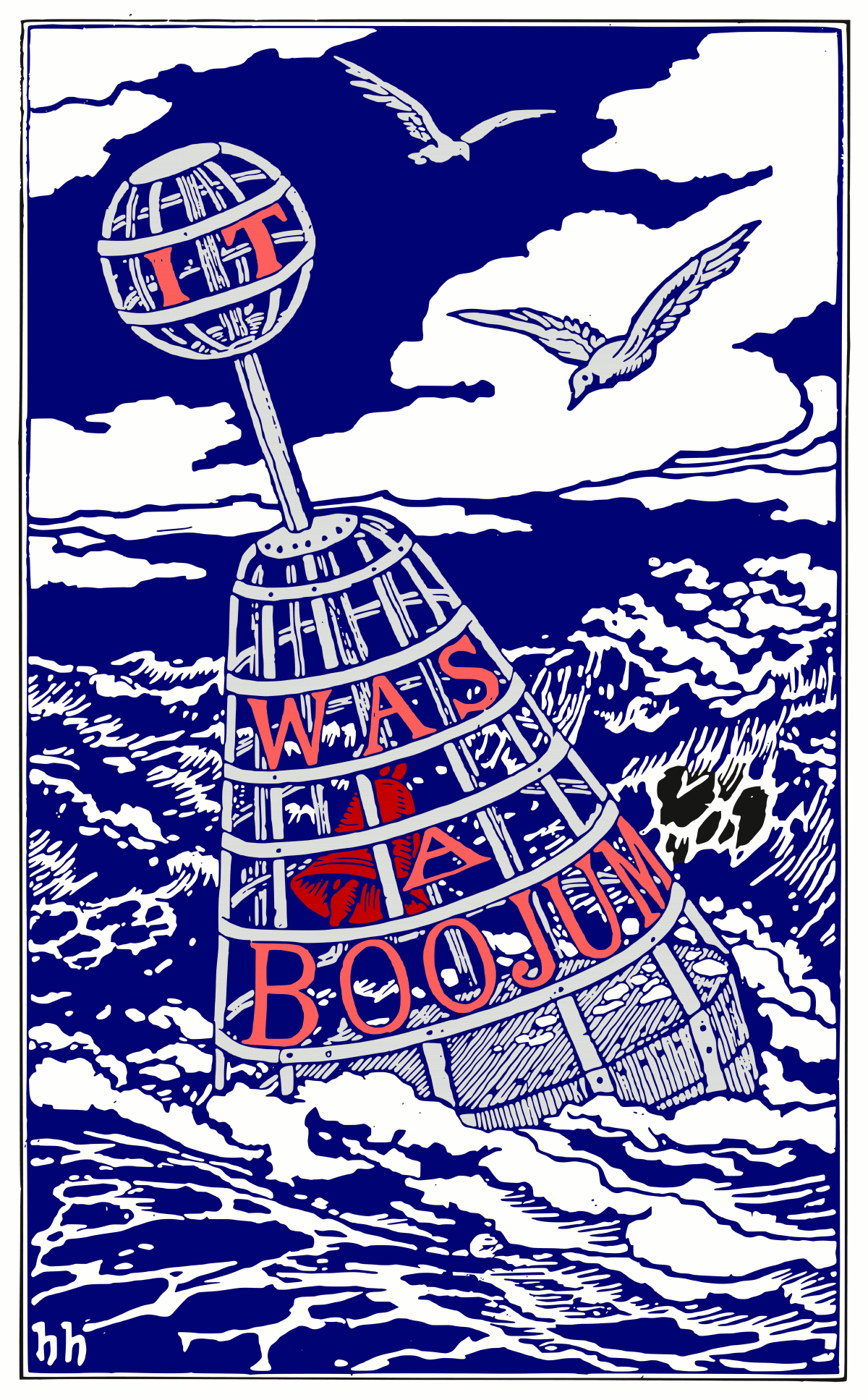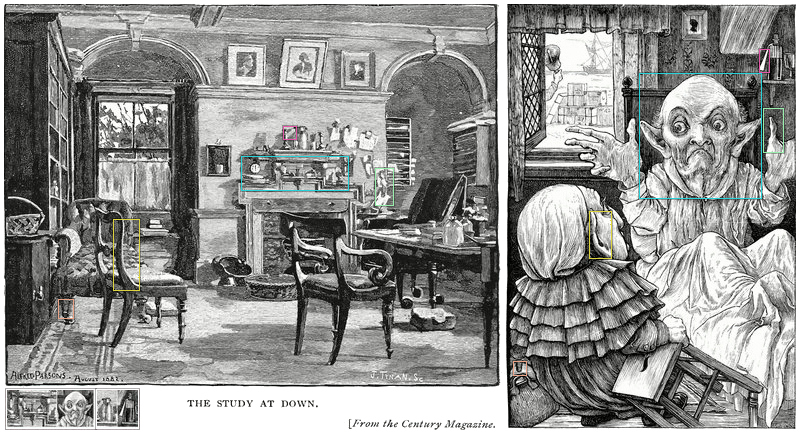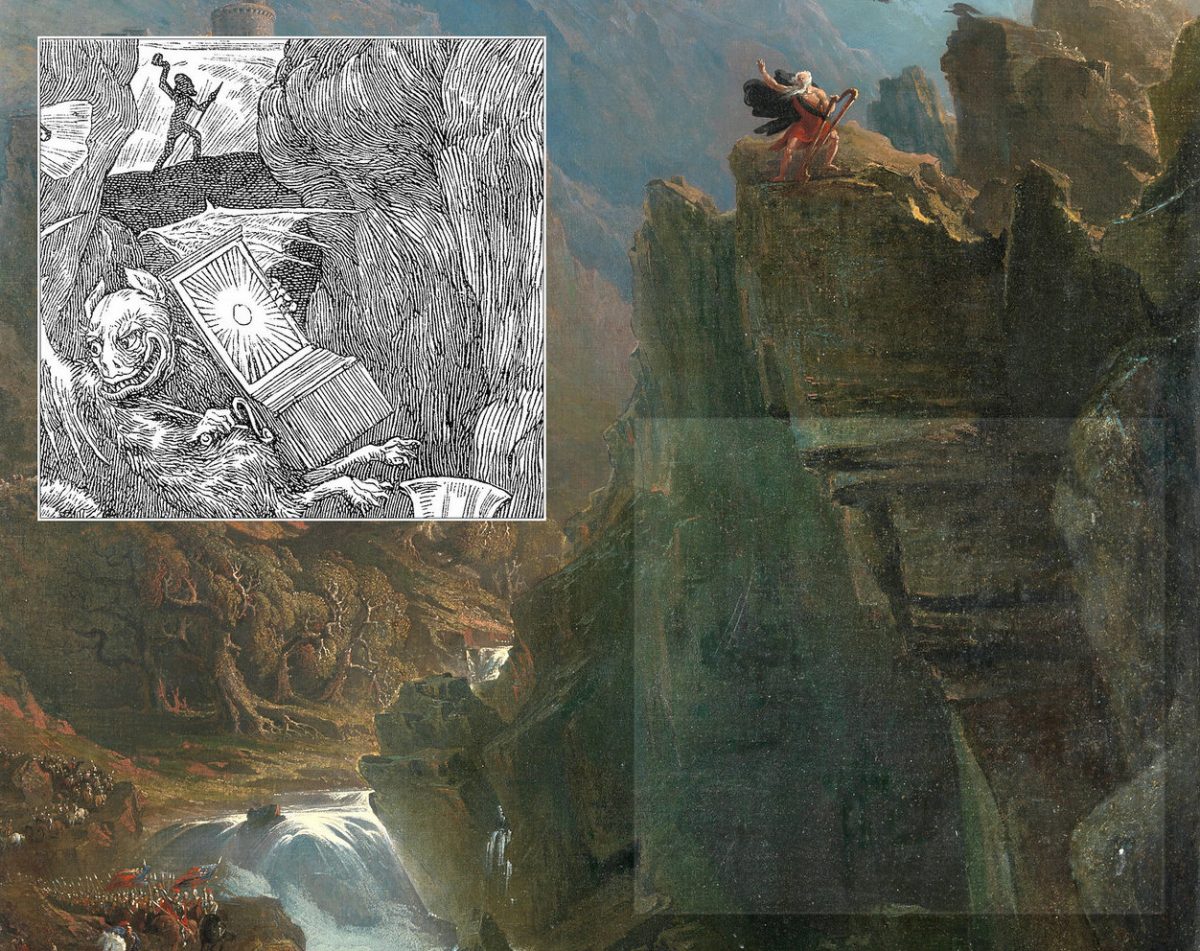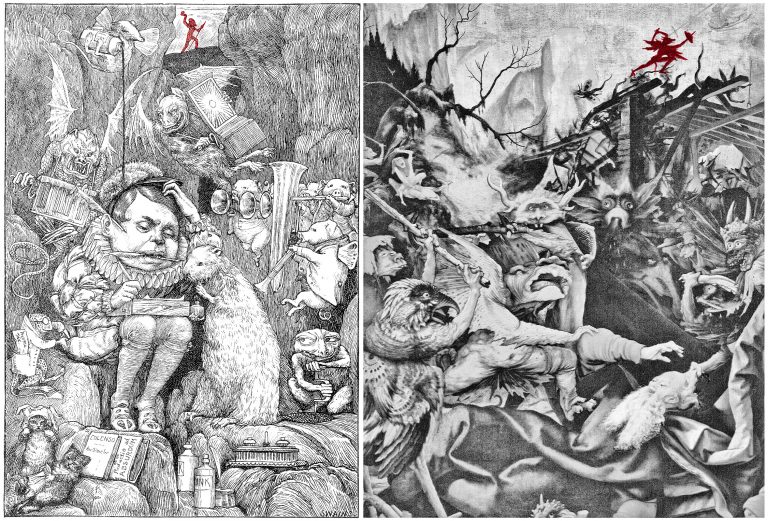2019-01-15
blog
Slaying the Snark
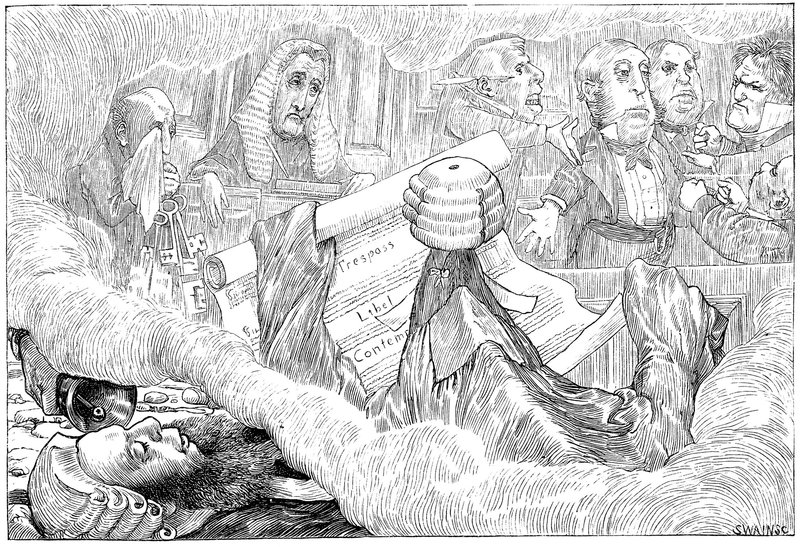
Slaying the Snark: what nonsense verse tells us about reality
by Nina Lyon
2019-01-03
Nose is a Nose is a Nose
A Snark article in the Knight Letter
(with lots of help from the editors Chris Morgan and Mark Burstein)
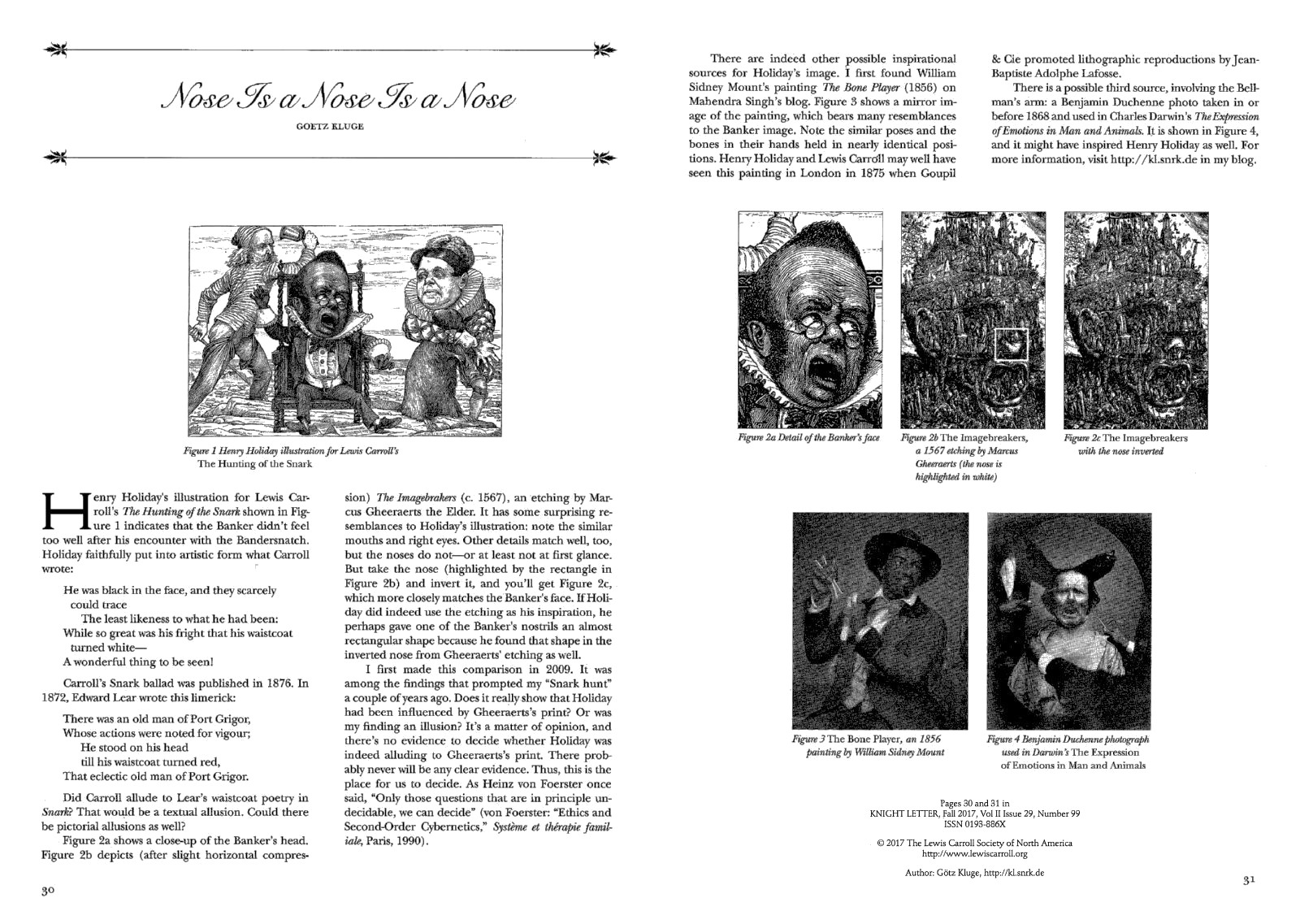
Source: Knight Letter (ISSN 0193-886X), Fall 2017, Number 99
When I wrote this article, I failed to mention that already in 1973 Elizabeth Sewell pointed out in The Field of Nonsense that a line in Carroll’s poem has a similarity to a line in a limerick by Edward Lear (MG058). I am sorry for not having mentioned that.
I posted my article online with permission of the Knight Letter editors. In the online copy, I fixed the wrong URL kl.snr.de. It’s kl.snrk.de. Furthermore, four additional images have been attached to my online version.
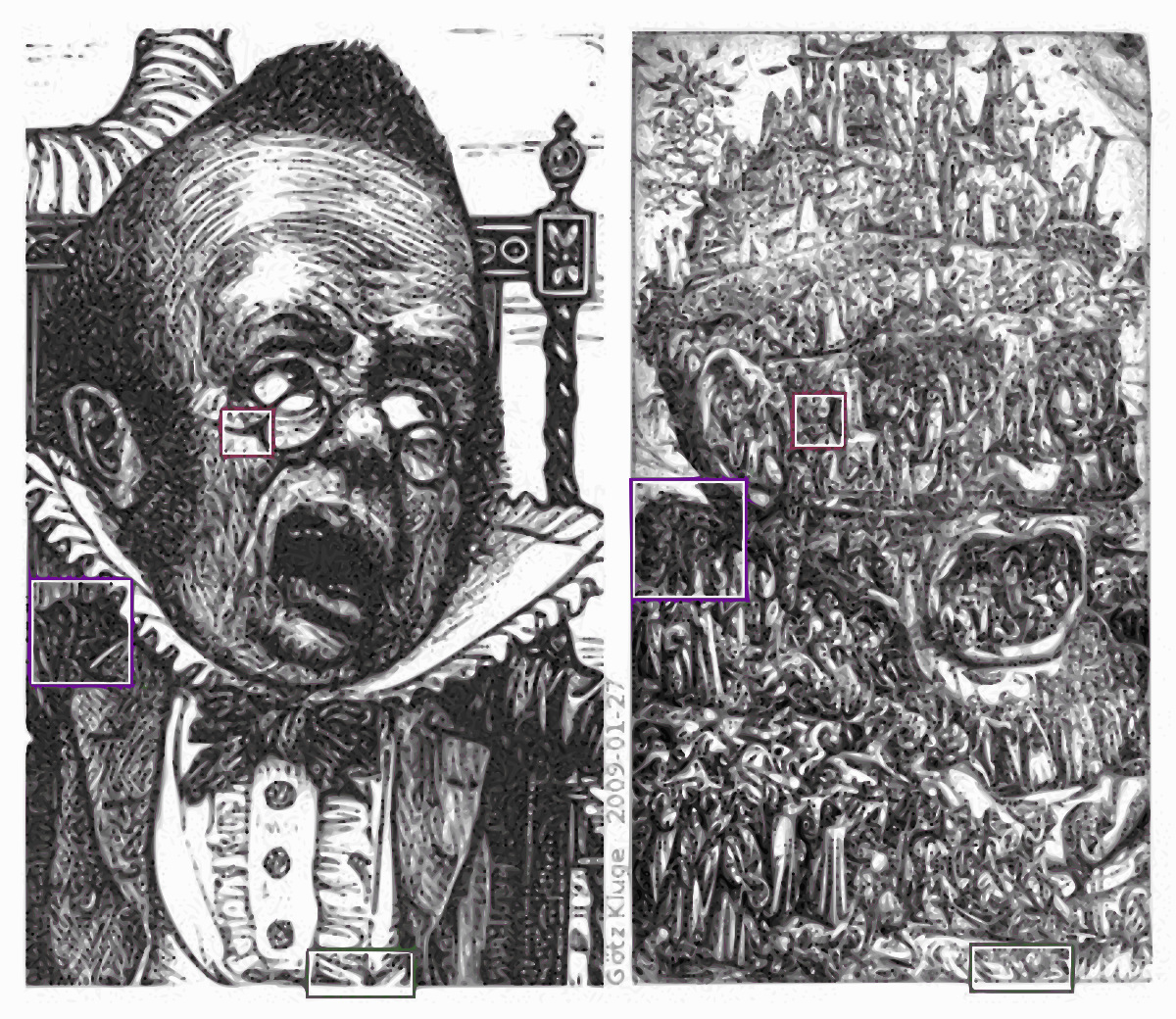
![]() 2018-02-09, update: 2018-12-30: Reference to Elizabeth Sewell
2018-02-09, update: 2018-12-30: Reference to Elizabeth Sewell
2018-12-30, updated: 2022-08-01
Darwin’s Snarked Study
Could this be a pictorial reference by Alfred Parsons to The Hunting ot the Snark?
I am struggling with this one.
2017-08-29, updated: 2018-12-25
Carroll Tackles Vivisection
It’s National Poetry Month? Nonsense!
[…] April 9, 2018
[Author: Matt Dilworth] mdilwort[…] Yet nonsense poems, and Carroll’s in particular, often carry significant political undertones. For example, in Carroll’s “The Hunting of the Snark”, he tackles vivisection and the role of anthrocentrist activities in scientific pursuit. […]
2018-04-29, shifted to the top 2018 posts: 2018-12-21
SSL activated for *.snrk.de
http://snrk.de will be automatically redirected to https://snrk.de, so you can keep your old links and bookmarks.
То, что я говорю тебе трижды, правда!
https://posters.proudbear.ru @Pr0ud_Bear!

SnarkedMay.svg.7z | SnarkedMay6000.jpg
Brexit, Hunting a Fantastical Beast
May government’s Brexit aims were never achievable – we’ve been hunting a fantastical beast all along
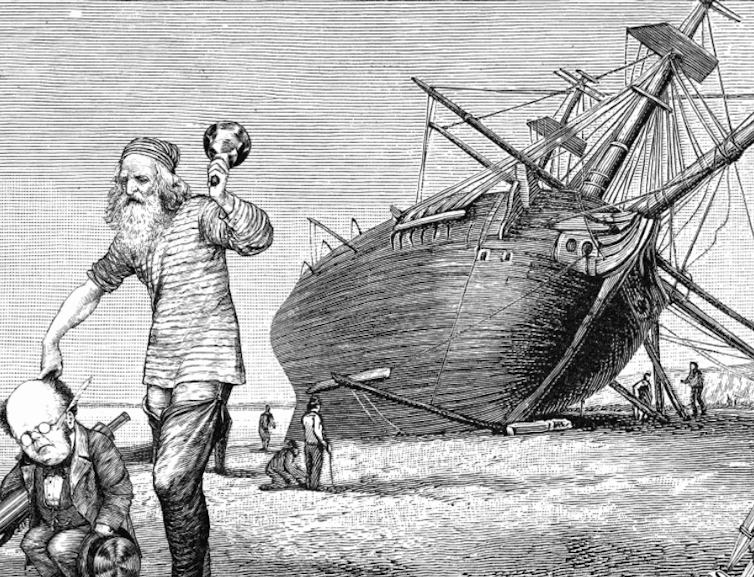
Image: Segment of an assemblage by G. Kluge of illustrations by C. Martens & T. Landseer, H. Holiday & J. Swain
Michael Keating, University of Aberdeen
The Brexit process started in March 2017 with the triggering of Article 50, allowing two years to complete the process. The main story since then has been of postponing difficult decisions in the hope that something would turn up. Ministers have insisted they have a mandate from the people but have struggled to agree on what it entails in practice. Negotiations within the UK government have been as difficult as those with the EU. …
Martin Gardner’s Snark Annotations
Today I start to refer to Martin Gardner’s annotations to The Hunting of the Snark in a more systematical way. Admittedly, I should have done that much earlier. I didn’t read the annotations carefully enough. As an example, Martin Gardner annotated (MG058) to The Hunting of the Snark that Elizabeth Sewell pointed out in The Field of Nonsense (1973) that a line in Carroll’s poem has a similarity to a line in a limerick by Edward Lear. I found that in Google.
I should have mentioned Elizabeth Sewell in my article Nose is a Nose is a Nose in the LCSNA Kight Letter № 99, Fall 2017, p. 30~31.
“MG058” stands for the 58th annotation in the annotated Snark and links to articles and blog entries which contain issues to which Gardner had referred. In this case it is about Lewis Carroll’s and Edward Lear’s waistcoat poetry.
“MG0” leads you to all entries in snrk.de which refer to issues addressed by Martin Gardner.
Bajka’s Snark
See also: https://www.chinchin-records.com/bajka-in-wonderland
If you get the complete album, then you also have the original poem being sung to you.
2018-11-02, update: 2025-08-18
Hunting Snarks is innocent and wise!
Even while the blinding bandage lies,
Daughter of a Judge, upon thine eyes,
If the scales thou wield with care
Truth and Justice will declare
Hunting Snarks is innocent and wise!
Inscribed (1876-09-02) with an allusion to Justicia by Lewis Carroll into an edition (now owned by NYU) of The Hunting of the Snark owned by Charlotte Edith Denman, daughter of George Denman.
Source of the acrostic poem:
Rare, Uncollected, Unpublished & Nonexistent Verse of Lewis Carroll, Collected and Annoted by August A. Imholz, Jr. & Edward Wakeling, p. 30, LCSNA 2018, ISBN 978-0-930326-11-1.
The book is available to LCSNA members only.
The Bellman at Gateshead
THE BELLMAN in real life! Ivan, one of the load-in crew at Gateshead is the spitting Image of Lewis Carroll’s Bellman from the Hunting Of The Snark. He allowed me to take and post this shot. He’s only got an invisible bell! 🙂 pic.twitter.com/PbreXCtj3s
— Mike Batt (@Mike_Batt) October 20, 2018
Wild Figure
Snark Explanations
by Mary Hammond, published on Nov 7, 2017. There also is an essay: Mary Hammond, Lewis Carroll’s The Hunting of the Snark Explained.
Mary Hammond’s interpretation of course is not the first Snark interpretation. First hints on what the Snark could be about had been given to us by Henry Holiday and Philo M. Buck. And there is an excellent chapter on Carroll’s tragicomedy in Louise Schweitzer’s One Wild Flower. Oliver Sturm’s Die Jagd nach dem Schnatz is a German translation, which also contains an attempt to explain the Snark. And there is a Snark chapter in Klaus Reichert’s Lewis Carroll: Studien zum literarischen Unsinn. Reichert is another German Snark translator.
Among the interpretations known to me, Mary Hammond’s interpretation is the first one where Eternal Damnation is seen as one of the more important issues to which Lewis Carroll might have taken reference in The Hunting of the Snark. In Carroll’s poem, the Baker‘s Forty-Two Boxes led me to the same conclusion earlier.
In my correspondence with Mary Hammond (a pen ame of Mary Hibbs) she also told me about what in her view “…jum” in Boojum could stand for: Search for jumble in the chapter Of Reason in John Locke‘s Essay Concerning Human Understanding (1689).
I too associate Boojum with the vanishing of reason – which too often is the beginning of violence. Yet, I’ll probably never know, whether my association is similar to what the Boojum meant to Carroll.
549 “It’s a Snark!” was the sound that first came to their ears,
550 And seemed almost too good to be true.
551 Then followed a torrent of laughter and cheers:
552 Then the ominous words “It’s a Boo-”553 Then, silence. Some fancied they heard in the air
554 A weary and wandering sigh
555 That sounded like “-jum!” but the others declare
556 It was only a breeze that went by.
My publications:
※ Knight Letter № 99: Nose is a Nose is a Nose
※ Knight Letter № 100: Burning the Baker
There now is a new paperback edition of Untangling the Knot: An Analysis of Lewis Carroll’s The Hunting of the Snark, 2019-10-06, by Sandra Mann (besides Mary Hammond another pen name of Mary Hibbs). She also sent me an additional article about a possible reference to Bishop Reginal Heber (1783-1826). See also: https://www.facebook.com/groups/lewiscarrollresources/permalink/2241199999492366/
2020-02-12: Untangling the Knot in PDF, 2018
2017-11-17, updated: 2018-12-02.
Joseph Swain
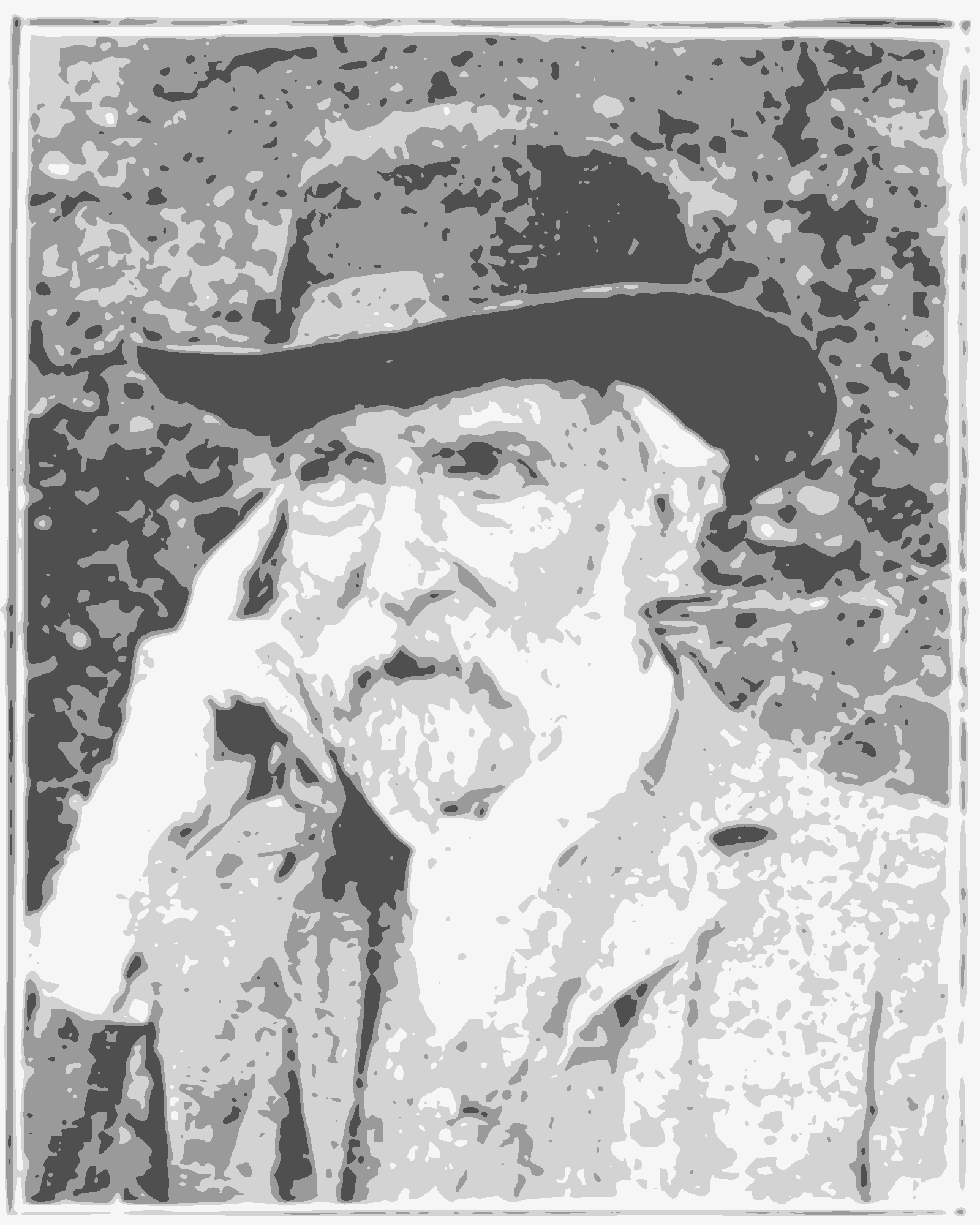 Joseph Swain engraved Henry Holiday’s illustrations to Lewis Carroll’s The Hunting of the Snark. As the details (including the hatching) of Holiday’s illustration drafts are important, I assume that Swain knew about Holiday’s pictorial allusions.
Joseph Swain engraved Henry Holiday’s illustrations to Lewis Carroll’s The Hunting of the Snark. As the details (including the hatching) of Holiday’s illustration drafts are important, I assume that Swain knew about Holiday’s pictorial allusions.
This image may be used without prior permission for any scholarly or educational purpose. I found it in the Victorian Web in an article by Simon Cooke.
The Wontrenator makes Boods
Try “Word”+”Contraction”+”Generator” on the Word Contraction Generator and you get (among other offers) Wontrenator. “Bonnets”+”Hoods” gives you (among other offers) a Boods.
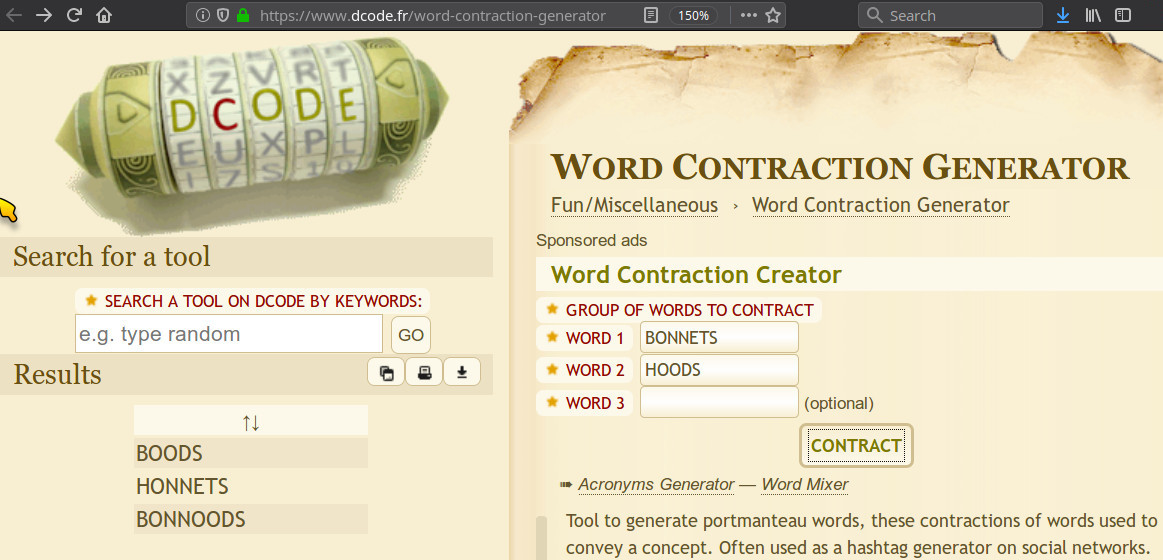
The contractor doesn’t do it, but when selecting A WORD WITH SOME LETTERS in the Word Mixer, the tool yields (among many other offers) Boots for “Bonnets“+”Hoods”.
It is in some way serious
Interview posted by David Baker 66 on 2018-08-31
Dr. Amy Green – “The Hunting Of The Snark” – ROI Show 279
The “ROI” team welcomes Dr. Amy Green to discuss “The Hunting Of The Snark.”
“It is in some way serious.” (07:17)
Yes, it is: snrk.de/knight-letter-100.
See also:
Wombats and Woodchucks
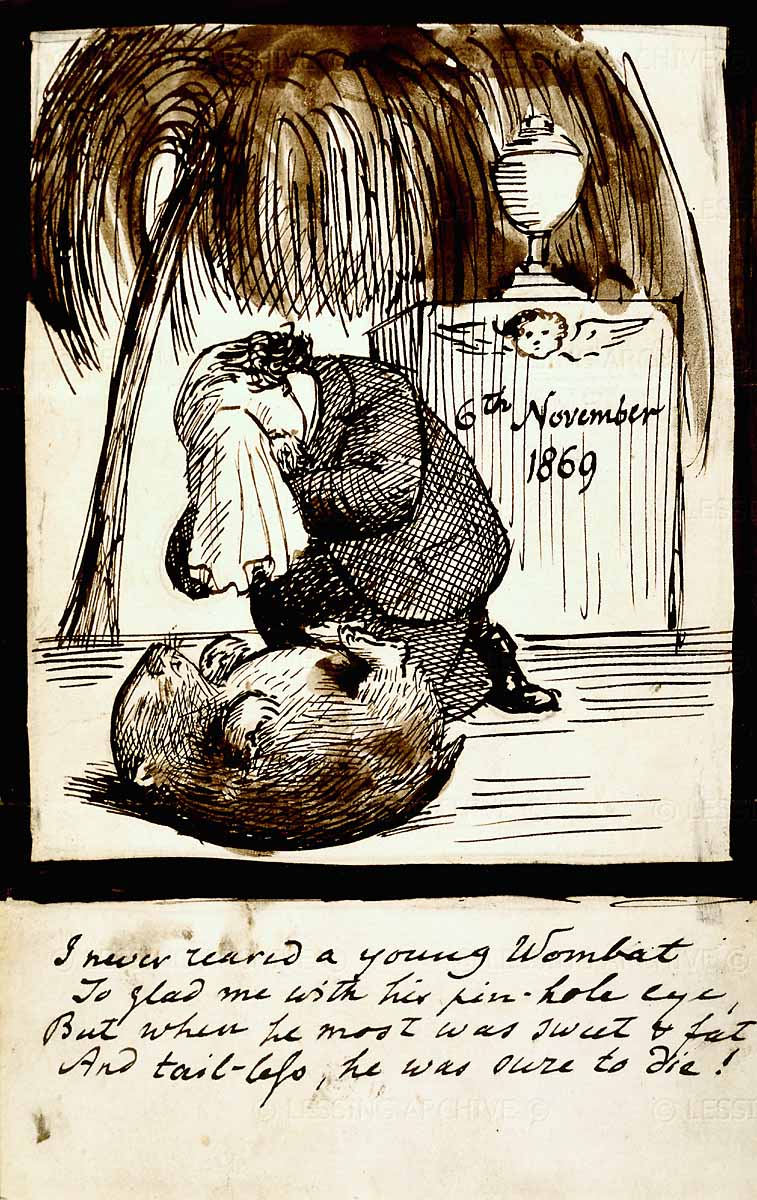 The drawing depicts Dante Gabriel Rossetti lamenting the death of his second wombat. Mary Hibbs (pen names: Mary Hammond and Sandra Mann) made me aware of the image and of the possibility that the Beaver in Lewis Carroll’s The Hunting of the Snark could have been a reference to Rossetti’s wombat.
The drawing depicts Dante Gabriel Rossetti lamenting the death of his second wombat. Mary Hibbs (pen names: Mary Hammond and Sandra Mann) made me aware of the image and of the possibility that the Beaver in Lewis Carroll’s The Hunting of the Snark could have been a reference to Rossetti’s wombat.
The fame of Rossetti’s Wombat is lasting much longer than that poor animal itself, after having been transported for its short life from Australia to Chelsea. But there also was a “Canadian marmot or woodchuck” in Rosetti’s estate in Chelsea, where he moved into the Tudor House in 1862. Actually, Rosetty had two wombats. We also learned from Angus Trumble (Rossetti’s Wombat: A Pre-Raphaelite Obsession in Victorian England, 2003-04-16) that Rosetti had a little zoo in his garden aas well as friends living in his big house like the “deeply unattractive poet and semi-professional sadomasochist Algernon Charles Swinburne — who liked to slide naked down the banisters giest”. I guess that Rosetti’s mini-zoo was kept not even semi-professionally, but together with his friends and his dormouse, Rosetti surely was well prepared for mad tea parties. (See also: G.A.H.! (Gardner’s Annotations Hyperlinked) – The Dormouse and Dante Gabriel Rossetti’s Wombat, LCNSA.)
In The Hunting of the Snark, the Beaver was the Bellman‘s pet and became the Butcher‘s friend. Can anything from the real world be associated with that Beaver-Bellman-Butcher triple? This might expand my Snark matrix, a matrix with elements from The Hunting of the Snark in its rows and elements from the real world in its columns.
Douglas Young’s Snark
MusicWeb international, by Gary Higginson:
Douglas YOUNG (b.1947)
The Hunting of the Snark (An Agony in 8 Fits)
Narrator – Peter Easton
Douglas Young – Piano and Percussion
The Leicestershire Chorale and Members of the Leicestershire Schools Symphony Orchestra/Peter Fletcher
rec. Bosworth College, Desford, 14 March 1982
CAMEO CLASSICS CC9106 [53.21]What is so marvellous is how well the young instrumental musicians at the time, played and clearly reacted to the music (their names are listed in the booklet) and my colleague at the time on MusicWeb, John Whitmore, is quoted as saying “the playing is good absolute rather than good considering”, I can’t improve on those words.
The booklet contains the original, Monty Python type, illustrations you find in any good copy of the poem, by Henry Holiday (d.1927) as well as the complete Carroll text and biographies of the performers but no composer’s note on the work.
 Mounty Python type! I like that.
Mounty Python type! I like that.
Besides Lewis Carroll’s textual allusions and Henry Holiday’s pictorial allusions, I now also found a piece with musical allusions. Accompanying the Bellman’s “That English is what you speak” with Greensleeves is clear, whereas I don’t know whether Young meant to allude to Schnittke when I heared Schnittke. Then again, to choose Silent Night to accompany the Baker’s gruesome end is wonderfully naughty.
As far as I know, this recording is in the market since 2014. From MusicWeb it received three reviews, with Paul Corfield Godfrey‘s review inbetween Whitmore‘s and Higginson‘s reviews. As a layman I would like to add to these that if I ever would dare to try to learn The Hunting of the Snark by heart, I would use this recording to help me memorizing the text.
Remark: The links in the quoted text from MusicWeb had been added in snrk.de and were not part of the original text.
Media data: Libraries Australia
Snark Taming
Warren Buffet @warrenbuffet99 2018-08-26 15:18 UTC
The smartest people I know:
1 Don’t get easily offended
2 Read more than they talk
3 Enjoy intelligent discourse
4 Quickly admit when they’re wrong
5 Comfortable changing their opinion
6 Surround themselves w/ intelligence
7 Seek to understand every perspective on a topic
The Snark is not necessarily evil.
197 “He remarked to me then,” said that mildest of men,
198 “ ‘If your Snark be a Snark, that is right:
199 Fetch it home by all means—you may serve it with greens,
200 And it’s handy for striking a light.
Let’s strike a light and help the Snark not to turn into a Boojum: Snark taming.

